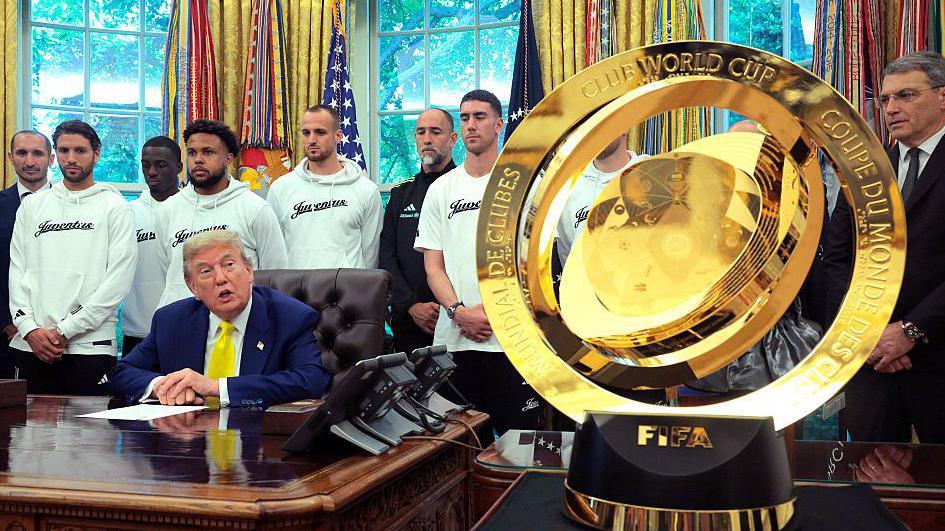2026 World Cup: The Environmental Challenge of Hosting the Largest Football Tournament
Explore the environmental implications of the 2026 FIFA World Cup, set to be the largest and potentially most polluting tournament in history.


The 2026 FIFA World Cup, hosted across the United States, Canada, and Mexico, is poised to be a landmark event in football history, not just for its scale but also for its environmental impact. According to recent research by Scientists for Global Responsibility (SGR), the tournament is expected to generate over nine million tonnes of carbon dioxide equivalent, making it the most climate-damaging World Cup ever.
Key Factors Contributing to High Emissions
- Increased Number of Teams and Matches: The tournament has expanded from 32 to 48 teams, resulting in 104 matches, a significant increase from previous editions.
- Extensive Air Travel: The continental scale of the event necessitates extensive air travel for teams, officials, and fans, contributing heavily to carbon emissions.
Comparative Analysis
The projected emissions for the 2026 World Cup are nearly double the average of the last four World Cup finals and surpass the estimated 5.25 million tonnes of CO2e from the 2022 Qatar World Cup. This volume is equivalent to 6.5 million average British cars being driven for an entire year.
Host Nations' Environmental Commitments
In their bid, the host nations projected a preliminary estimate of 3.6 million tonnes of CO2e, with the aim of setting new standards for environmental sustainability in sports. However, the expanded format has significantly increased this footprint.
FIFA's Sustainability Strategies
FIFA has committed to reducing emissions by 50% by 2030 and achieving net-zero by 2040. The organization has implemented sustainability strategies, including waste reduction, recycling, and green building standards for stadiums. Despite these efforts, the 2026 World Cup's environmental impact remains a pressing concern.
Regulatory and Public Scrutiny
In 2023, a Swiss regulator criticized FIFA for making unsubstantiated claims about the reduced environmental impact of the 2022 World Cup. This scrutiny highlights the need for transparent and effective environmental measures in future tournaments.
Conclusion
As the world anticipates the largest football tournament in history, the environmental challenges it poses cannot be overlooked. The 2026 World Cup will be a test of FIFA's commitment to sustainability and the global sports community's ability to balance growth with environmental responsibility.































